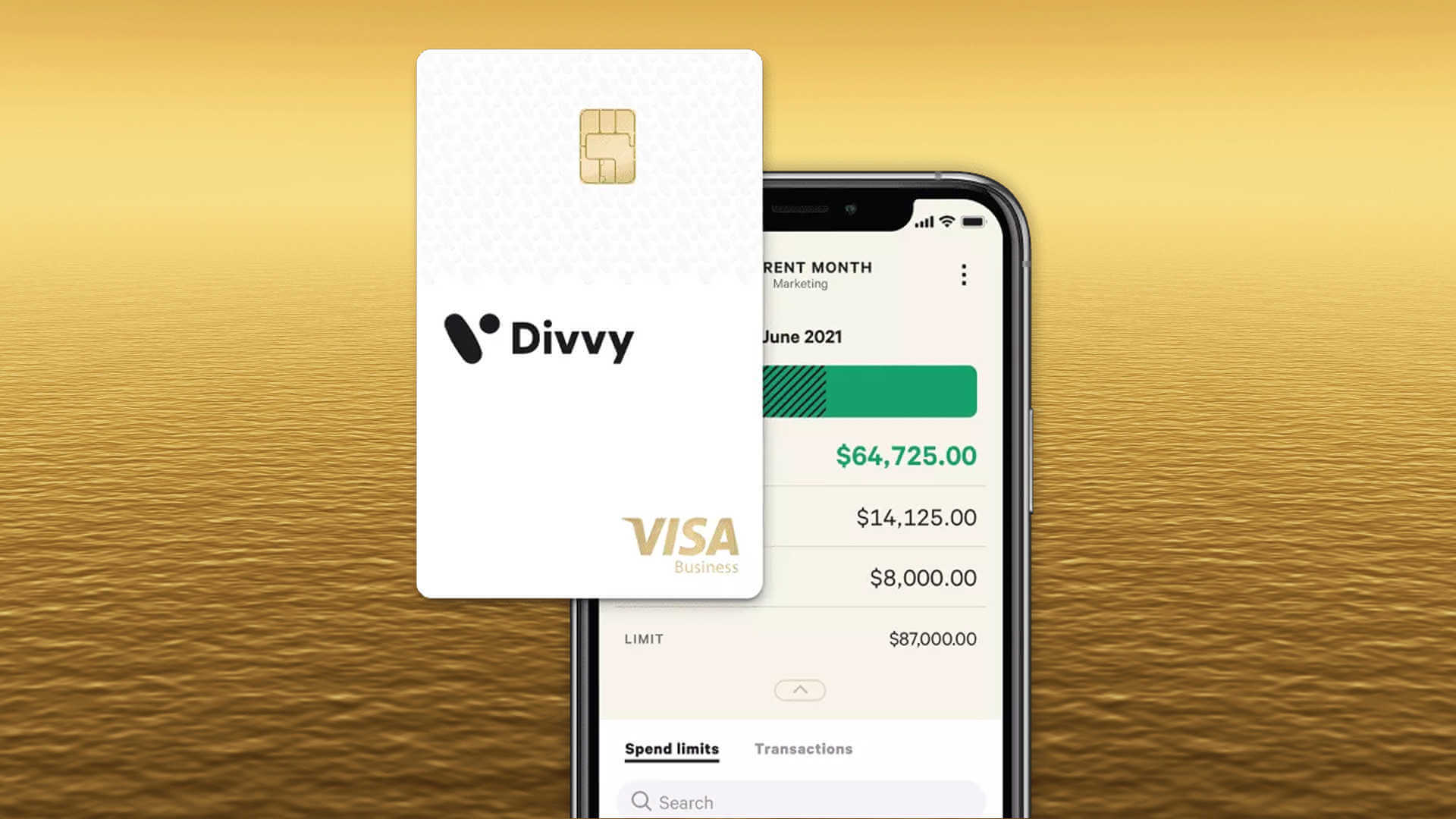Home>Finance>Grace Period Health Insurance When You Quit Job


Finance
Grace Period Health Insurance When You Quit Job
Published: February 20, 2024
Explore your options for grace period health insurance after quitting your job. Learn how to manage your finances during this transition.
(Many of the links in this article redirect to a specific reviewed product. Your purchase of these products through affiliate links helps to generate commission for LiveWell, at no extra cost. Learn more)
Table of Contents
Introduction
Leaving a job can be a significant life change, and one concern that often arises is the status of health insurance coverage. Fortunately, there is a provision known as the grace period that allows individuals to maintain their health insurance for a limited time after leaving their job. This transitional period can provide a valuable safety net, offering individuals and their families continued access to essential healthcare services while they navigate the transition to new employment or alternative coverage options.
During this grace period, individuals can continue to benefit from their existing health insurance plan, providing peace of mind during a time of change and uncertainty. Understanding the nuances of grace period health insurance can help individuals make informed decisions and effectively manage their healthcare needs during this transitional phase. In this article, we will delve into the intricacies of grace period health insurance, exploring eligibility criteria, enrollment processes, coverage details, and the pros and cons of this temporary arrangement. By gaining a comprehensive understanding of grace period health insurance, individuals can confidently navigate this transitional phase and make well-informed decisions regarding their healthcare coverage.
Understanding Grace Period Health Insurance
Grace period health insurance refers to the period during which individuals can retain their health insurance coverage after leaving their job. This provision is particularly beneficial for individuals who are transitioning between jobs or experiencing a temporary gap in employment. It offers a crucial buffer, ensuring that individuals and their families can maintain access to essential healthcare services during this transitional phase.
Typically, grace periods extend for a limited duration, providing individuals with continued coverage for a specified number of days after their employment ends. This period allows individuals to bridge the gap between their previous employer-sponsored health insurance and their next coverage arrangement, which may involve enrolling in a new employer’s plan, obtaining coverage through a spouse’s plan, or exploring options through the Health Insurance Marketplace.
It’s important to note that the specifics of grace period health insurance can vary based on the individual’s former employer and the terms of the existing health insurance plan. Understanding the details of this provision, including the duration of the grace period and any associated coverage considerations, is essential for individuals navigating this transitional phase.
Furthermore, grace period health insurance can provide individuals with the opportunity to assess their healthcare needs and explore potential coverage options without facing an immediate loss of insurance benefits. This temporary extension offers a valuable safety net, mitigating the risk of being uninsured during a period of transition and uncertainty.
By comprehending the fundamental principles of grace period health insurance, individuals can effectively leverage this provision to ensure uninterrupted access to essential healthcare services while they navigate changes in their employment and insurance coverage.
Eligibility for Grace Period Health Insurance
Eligibility for grace period health insurance is typically contingent on the individual’s participation in an employer-sponsored health insurance plan. When an individual leaves their job, they may be eligible for a grace period if their former employer’s health insurance plan includes this provision. It’s important to review the specific details of the employer-provided health insurance to determine if a grace period is available and to understand the duration of the coverage extension.
Moreover, individuals who are enrolled in a health insurance plan through the Health Insurance Marketplace may also be eligible for a grace period, subject to certain criteria and regulatory provisions. Understanding the eligibility requirements for grace period health insurance, whether through an employer-sponsored plan or a Marketplace plan, is crucial for individuals who are transitioning between jobs or experiencing a temporary gap in coverage.
It’s essential to note that eligibility for grace period health insurance is tied to the individual’s status as a participant in the existing health insurance plan. Upon leaving their job, individuals should promptly inquire about the availability of a grace period and the necessary steps to initiate this transitional coverage extension. Being proactive in understanding eligibility criteria and the associated enrollment processes can empower individuals to seamlessly transition their health insurance coverage during periods of change and uncertainty.
How to Enroll in Grace Period Health Insurance
Enrolling in grace period health insurance typically involves navigating specific procedures to ensure a smooth transition from employer-sponsored coverage to the temporary extension provided by the grace period. The process for enrolling in grace period health insurance may vary based on the individual’s former employer and the terms of the existing health insurance plan. Here are the general steps to consider when initiating enrollment in grace period health insurance:
- Review the Employer’s Policies: Upon leaving a job, individuals should carefully review the policies and documentation provided by their former employer regarding health insurance coverage. This includes understanding the availability of a grace period, the duration of the extension, and any specific requirements for initiating the coverage continuation.
- Communicate with the Human Resources Department: If the employer offers a grace period for health insurance, it’s advisable to communicate with the human resources department to gain clarity on the enrollment process. HR representatives can provide valuable guidance on the necessary steps to initiate and maintain coverage during the grace period.
- Submit Required Documentation: Depending on the employer’s policies, individuals may need to submit specific documentation or forms to indicate their intent to enroll in the grace period health insurance. Ensuring that all required paperwork is completed accurately and submitted within the designated timeframe is essential for securing the coverage extension.
- Explore Alternative Coverage Options: While utilizing the grace period, individuals can also explore alternative coverage options, such as enrolling in a new employer’s plan, obtaining coverage through a spouse’s plan, or evaluating options available through the Health Insurance Marketplace. It’s important to consider these alternatives proactively to seamlessly transition to a long-term coverage solution beyond the grace period.
By following these steps and proactively engaging with the necessary stakeholders, individuals can effectively enroll in grace period health insurance and maintain essential coverage during the transitional phase following a job departure. Understanding the enrollment process and adhering to the relevant guidelines can help individuals navigate this period of change with confidence and continuity in their healthcare coverage.
Coverage and Costs during the Grace Period
During the grace period for health insurance, individuals can generally continue to access the same level of coverage and benefits provided by their employer-sponsored plan. This means that essential healthcare services, prescription medications, preventive care, and other medical necessities that were covered under the original plan can still be utilized during the grace period. It’s important for individuals to familiarize themselves with the specific details of their coverage extension to ensure that they can effectively leverage these benefits during the transitional phase.
While the coverage remains consistent during the grace period, it’s crucial to be mindful of the associated costs and financial considerations. In most cases, individuals are still responsible for their share of the premiums during the grace period, ensuring that the continuation of coverage is supported by ongoing financial contributions. Understanding the financial implications of the grace period, including premium responsibilities and any potential out-of-pocket expenses, can help individuals effectively budget for their healthcare needs during this transitional phase.
Moreover, individuals should be aware that any outstanding premiums or contributions that accrue during the grace period may need to be settled to maintain continuous coverage or facilitate a smooth transition to alternative insurance arrangements. By staying informed about the financial aspects of the grace period, individuals can proactively manage their healthcare expenses and make informed decisions regarding their ongoing coverage needs.
It’s advisable for individuals utilizing the grace period to actively explore long-term coverage solutions, such as enrolling in a new employer’s plan, obtaining coverage through a spouse’s plan, or securing a plan through the Health Insurance Marketplace. By evaluating these options and planning for the post-grace period coverage, individuals can seamlessly transition to a sustainable healthcare arrangement beyond the temporary extension provided by the grace period.
Pros and Cons of Grace Period Health Insurance
Grace period health insurance offers several advantages and considerations that individuals should carefully weigh when navigating this transitional coverage extension. Understanding the pros and cons can empower individuals to make informed decisions and effectively leverage the benefits of the grace period. Let’s explore the key advantages and considerations associated with grace period health insurance:
Pros:
- Continuity of Coverage: The grace period allows individuals to maintain access to essential healthcare services, ensuring continuity of coverage during the transition between jobs or insurance arrangements.
- Bridge to Long-Term Coverage: It provides a temporary bridge, allowing individuals to explore and secure long-term coverage solutions without facing an immediate loss of insurance benefits.
- Financial Flexibility: By continuing coverage under the grace period, individuals can effectively manage their healthcare expenses and plan for the next phase of their insurance coverage without being uninsured.
- Access to Benefits: Individuals can still access the benefits and services provided by their employer-sponsored plan during the grace period, including prescription medications, preventive care, and medical treatments.
Cons:
- Financial Responsibility: Individuals are typically responsible for their share of the premiums during the grace period, adding to the financial considerations during a period of employment transition.
- Limited Duration: The temporary nature of the grace period means that individuals must proactively plan for long-term coverage solutions to avoid a coverage gap once the grace period concludes.
- Transition Complexity: Navigating the transition from grace period health insurance to a new coverage arrangement may involve administrative complexities and the need to evaluate alternative insurance options.
- Dependence on Employer Policies: The availability and terms of the grace period are contingent on the individual’s former employer, potentially limiting the flexibility and duration of the coverage extension.
By carefully considering these pros and cons, individuals can effectively leverage the benefits of the grace period while proactively planning for the transition to long-term coverage solutions. Understanding the nuances of grace period health insurance empowers individuals to navigate this transitional phase with confidence and informed decision-making.
Conclusion
Grace period health insurance serves as a valuable resource for individuals navigating changes in their employment and insurance coverage. By providing a temporary extension of healthcare benefits, this provision offers continuity of coverage and financial flexibility during transitional phases. Understanding the eligibility criteria, enrollment processes, coverage details, and the pros and cons of grace period health insurance is essential for individuals seeking to leverage this transitional coverage extension effectively.
As individuals transition between jobs or experience temporary gaps in coverage, the grace period serves as a bridge, allowing them to maintain access to essential healthcare services while they explore and secure long-term coverage solutions. It’s important for individuals to be proactive in reviewing their former employer’s policies, communicating with relevant stakeholders, and planning for the post-grace period coverage to ensure a seamless transition without facing a coverage gap.
While the grace period offers advantages such as continuity of coverage and access to benefits, individuals should be mindful of the associated financial responsibilities and the temporary nature of this provision. By carefully weighing the pros and cons, individuals can make informed decisions and effectively manage their healthcare needs during this transitional phase.
Ultimately, grace period health insurance serves as a safety net, providing individuals and their families with the assurance of continued coverage as they navigate changes in their employment and insurance arrangements. By understanding the intricacies of this provision and proactively planning for the transition to long-term coverage solutions, individuals can confidently navigate this transitional phase with continuity and stability in their healthcare coverage.














